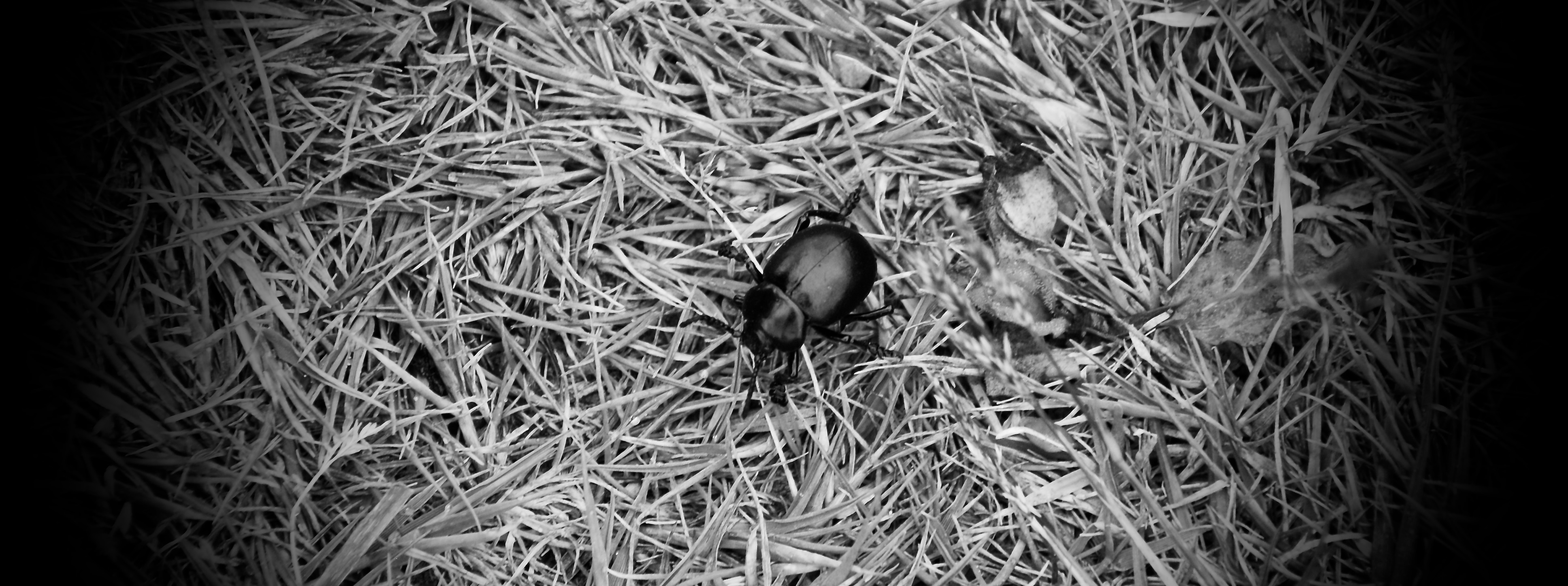Bearer Beetles
One of the predominant herbivorous creatures native to the Underdark and other subterranean parts of Kelbonnar’s Material Plane, Bearer Beetles are large insects, whose size, strength and docile nature mean that they have found a natural exploitation niche as beasts of burden in a part of the world that is inhospitable to horses and other more traditional working animals.
Basic Information
Anatomy
Large insects, which get up to a similar size and stature of a dairy cow, Bearer Beetles are very similar to stag beetles, except for the fact that they do not have a large set of protruding mandibles
Genetics and Reproduction
Like many other insects, Bearer Beetles are egg laying, and a female may lay up to 200 eggs at a time. These eggs are then diligently cared for and protected, with great care being made to keep them moist, for a period of three weeks, after which they hatch into juvenile Bearer Beetles.
Growth Rate & Stages
Bearer Beetles mature quickly, reaching their adult size within several months of hatching from their eggs.
Dietary Needs and Habits
Resourceful herbivores, Bearer Beetles can survive on almost any form of vegetation or fungus that is able to survive in the Underdark and other subterranean spaces of the Material Plane. Unless they are in climates that are too extreme, temperature wise for them to cope with, they also have no need to drink, as they absorb moisture from the air around them and store it in their bodies to hydrate and sustain themselves indefinitely.
Additional Information
Social Structure
Bearer Beetles are herd animals, whose herds are made up of purely female adults, led by a single adult male. Juvenile males are tolerated within the herds until they are deemed to have matured into adults, after which point they are ejected from the herd, often joining other wandering groups of male Bearer Beetles, looking to form herds of their own.
Domestication
Ever since the establishment of permanent communities began to take place in the Underdark, the naturally docile nature of Bearer Beetles was exploited to press them into service as beasts of burden and as a food source. Further more thousands of them traverse the Underdark as part of trading caravans, or as beasts of burden for travellers, taking on the role of horses, mules, donkeys and other beasts of burden that cannot survive or tolerate traversing through the Underdark for long periods of time.
Uses, Products & Exploitation
As well as being used as beasts of burden, Bearer Beetles are also used as a food source, with communities in the Underdark rearing specific herds for their meat, with the largest and strongest beasts being set aside for use as hauliers, rather than going to the pot. However, Bearer Beetles that are used as beasts of burden that are either too old, or which have become injured are often slaughtered to provide food for caravans and trade missions when they are on the move.
The sturdy carapaces of Bearer Beetles are also used as a material with which to make armour and shields, taking advantage of its dual properties of being both very light and very strong.
Geographic Origin and Distribution
Bearer Beetles prefer subterranean habitats and occur in the wild in almost all areas of the Upper Underdark and the Middle Underdark, as well as in cave systems nearer the surface world, or contained in mountainous regions and in heavily forested areas, such as the Usæ Gawoa in the Province of Oam.
As they have a natural aversion to light and heat it is very unusual to find them on the surface of Kelbonnar’s Material Plane, especially during daylight hours, and it is generally thought Bearer Beetles found on the surface at night have become disorientated and have accidentally wandered from their subterranean homes.
Their aversion to light and heat does also make Bearer Beetles an unusual natural sight in parts of the Underdark where there is a large amount of lava present, with the Bearer Beetles found in such places being almost exclusively tamed animals used for the transportation of goods and great care must be taken by their handlers to ensure that they do not overheat. Linked to this, the conditions of the Deep Underdark are far too extreme for Bearer Beetles to survive in and they cannot even be taken down there as part of caravans, as they would only be able to survive for a matter of hours in the intense heat.
Perception and Sensory Capabilities
Bearer Beetles are actually blind, having lost the practical use of their sight thousands of years ago, in exchange for more enhanced sensory abilities, more suited to underground life. They can sense vibrations in the land around them as well as the movement of the air, caused either by the wind, or more commonly in the Underdark, by other creatures moving around them. They also have an excellent sense of smell.
Though they no longer use their eyes, all Bearer Beetles still have vestigial eyes, which are highly sensitive to light. When exposed to light, though their eyes do not see, they do cause Bearer Beetles a great deal of discomfort and pain.
Lifespan
c.12 years
Average Height
c.50”-59” / 1.27m – 1.50m
Average Weight
c.1500lbs – 2,400lbs / c.700kg – 1100kg
Average Length
c.92” – 103” / 2.3m – 2.6m
Body Tint, Colouring and Marking
The vast majority of Bearer Beetles have shiny black carapaces, though some have dark shades of purple, and very rarely dark red.
Geographic Distribution



Comments